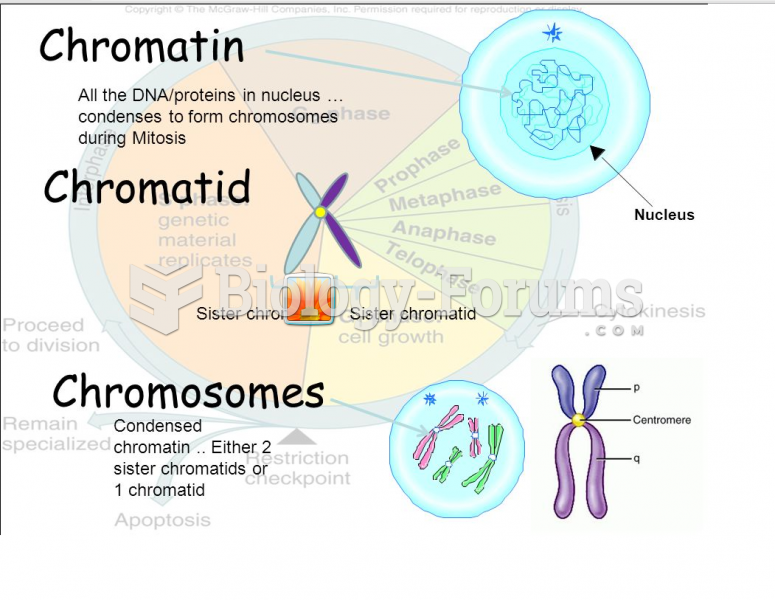This topic contains a solution. Click here to go to the answer
|
|
|
Did you know?
Despite claims by manufacturers, the supplement known as Ginkgo biloba was shown in a study of more than 3,000 participants to be ineffective in reducing development of dementia and Alzheimer’s disease in older people.
Did you know?
If all the neurons in the human body were lined up, they would stretch more than 600 miles.
Did you know?
For pediatric patients, intravenous fluids are the most commonly cited products involved in medication errors that are reported to the USP.
Did you know?
There are more bacteria in your mouth than there are people in the world.
Did you know?
Green tea is able to stop the scent of garlic or onion from causing bad breath.







